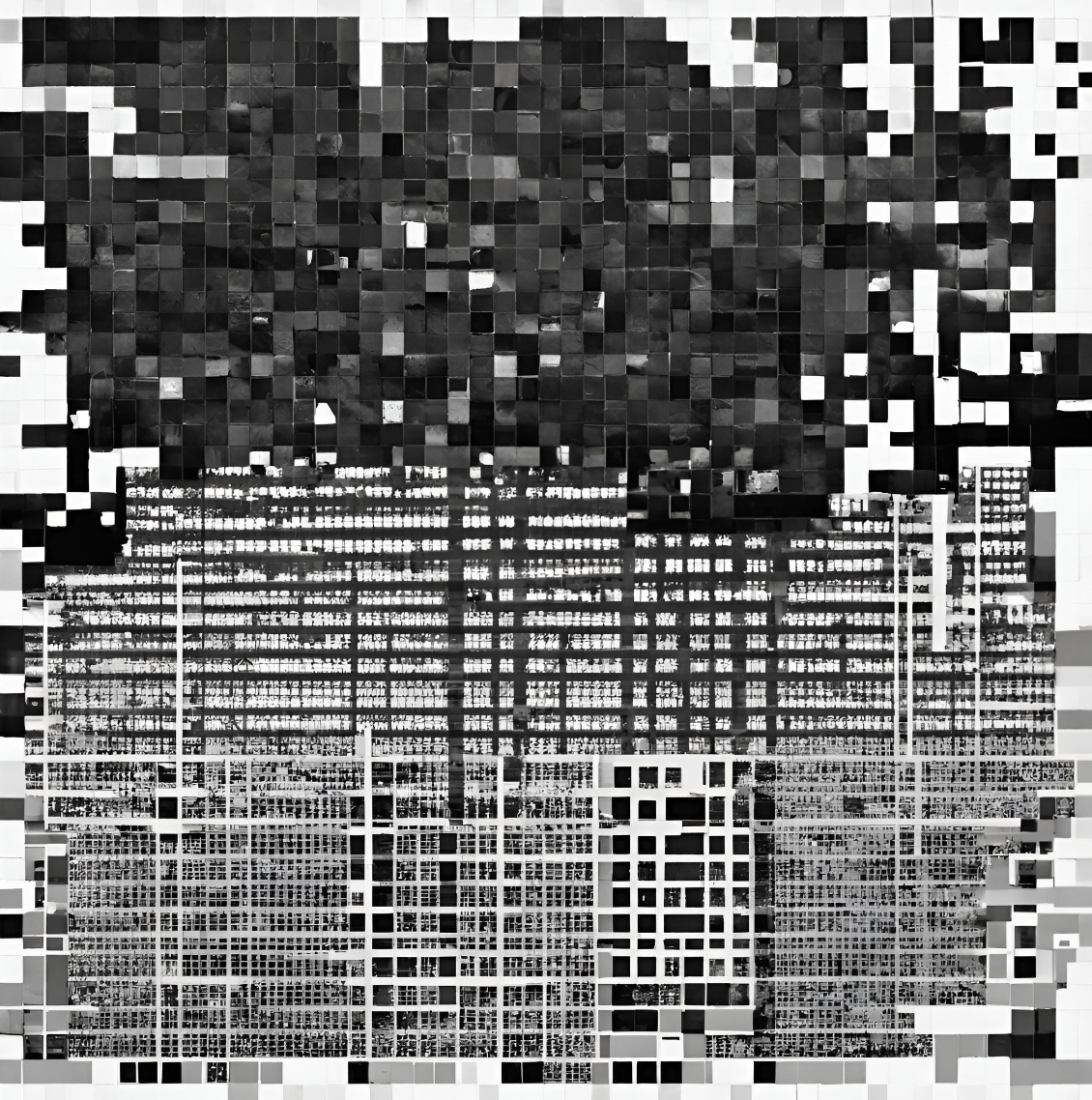111 reads
How Functional Isolation Forest Detects Anomalies
by
November 20th, 2024
Audio Presented by

Computational: We take random inputs, follow complex steps, and hope the output makes sense. And then blog about it.
Story's Credibility

About Author
Computational: We take random inputs, follow complex steps, and hope the output makes sense. And then blog about it.